By Sara Minkoff, DNR Urban Forestry Council liaison, Madison, sara.minkoff@wisconsin.gov, 608-669-5447
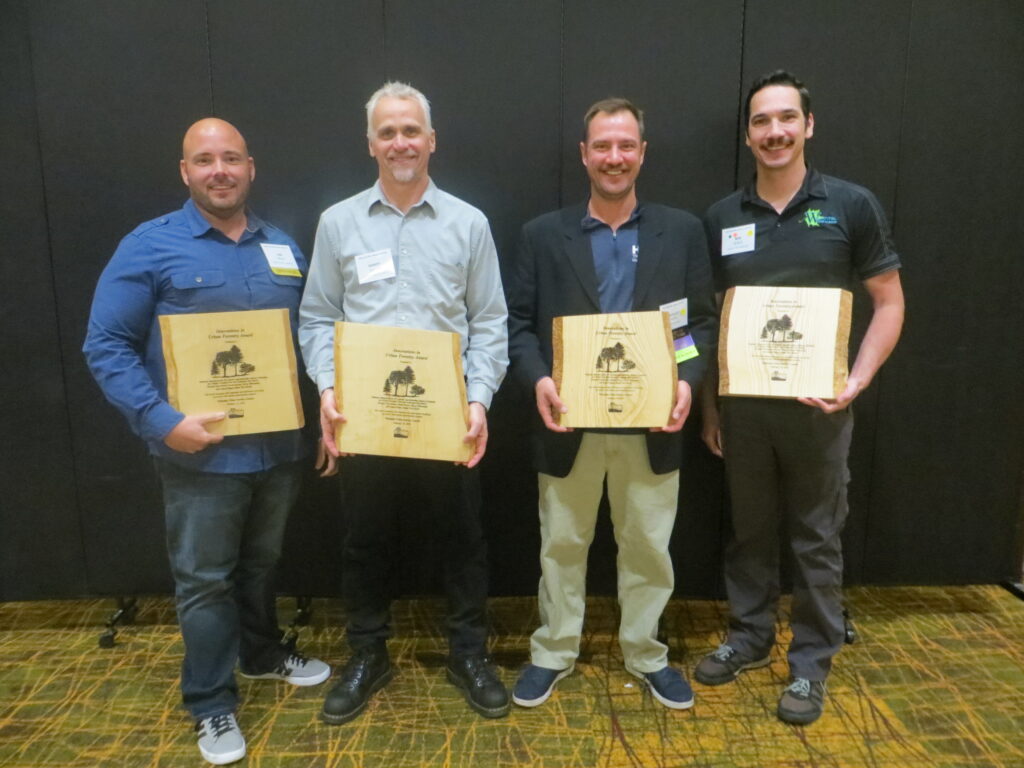 The Council presents annual awards to outstanding individuals, organizations, communities and tribes that further urban forestry in Wisconsin. The awards are announced each year at the annual Wisconsin Urban Forestry Conference and presented to winners in their community. We are currently seeking nominations for the 2021 awards.
The Council presents annual awards to outstanding individuals, organizations, communities and tribes that further urban forestry in Wisconsin. The awards are announced each year at the annual Wisconsin Urban Forestry Conference and presented to winners in their community. We are currently seeking nominations for the 2021 awards.
The Wisconsin Urban Forestry Council, comprised of municipal employees, elected officials, nursery operators, arborists and others, advises the Department of Natural Resources Division of Forestry on the best ways to manage urban and community forest resources. Every year, the Council bestows several awards to recognize and thank individuals and organizations across Wisconsin for their work and commitment to the trees and habitat in our community forests and the economic benefits they provide.
The five categories of awards, including our newly renamed Leadership award, are described below:
Continue reading “Nominate your community tree champion for an Urban Forestry Council award!” →
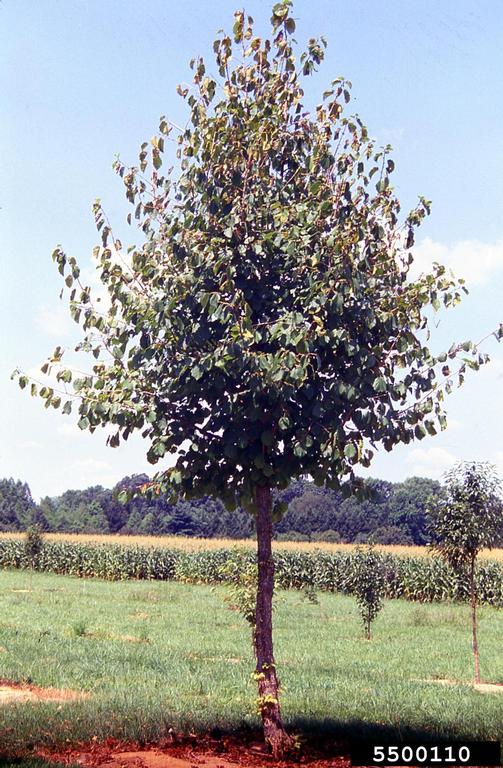

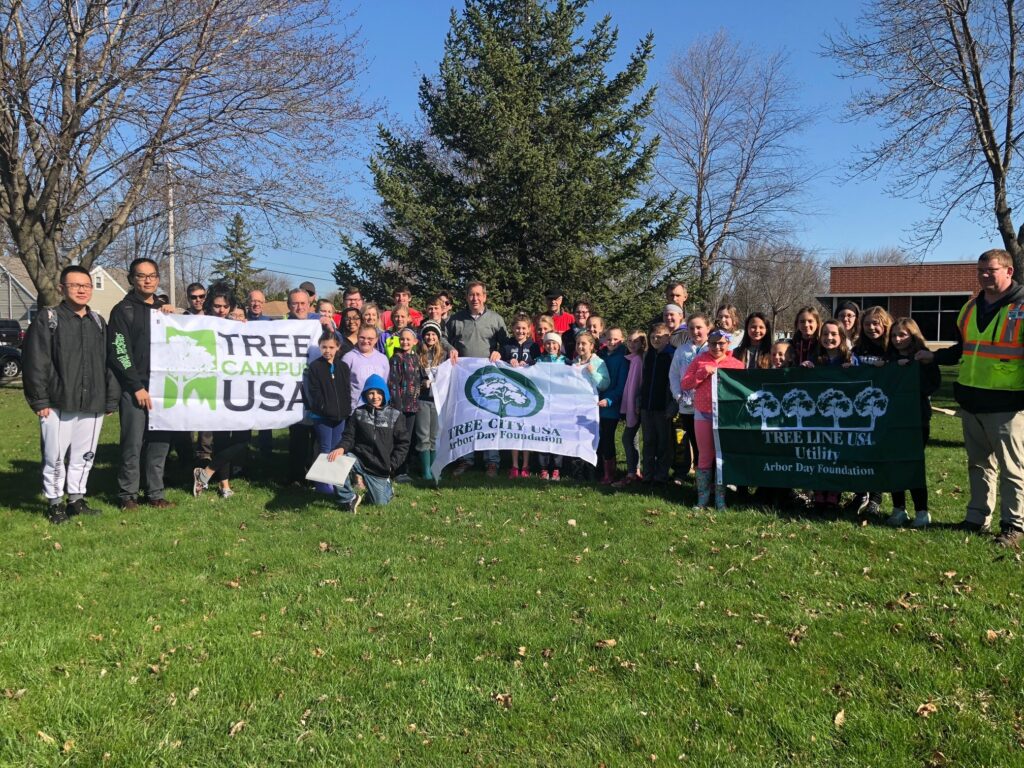
 The Council presents annual awards to outstanding individuals, organizations, communities and tribes that further urban forestry in Wisconsin. The awards are announced each year at the annual Wisconsin Urban Forestry Conference and presented to winners in their community. We are currently seeking nominations for the 2021 awards.
The Council presents annual awards to outstanding individuals, organizations, communities and tribes that further urban forestry in Wisconsin. The awards are announced each year at the annual Wisconsin Urban Forestry Conference and presented to winners in their community. We are currently seeking nominations for the 2021 awards.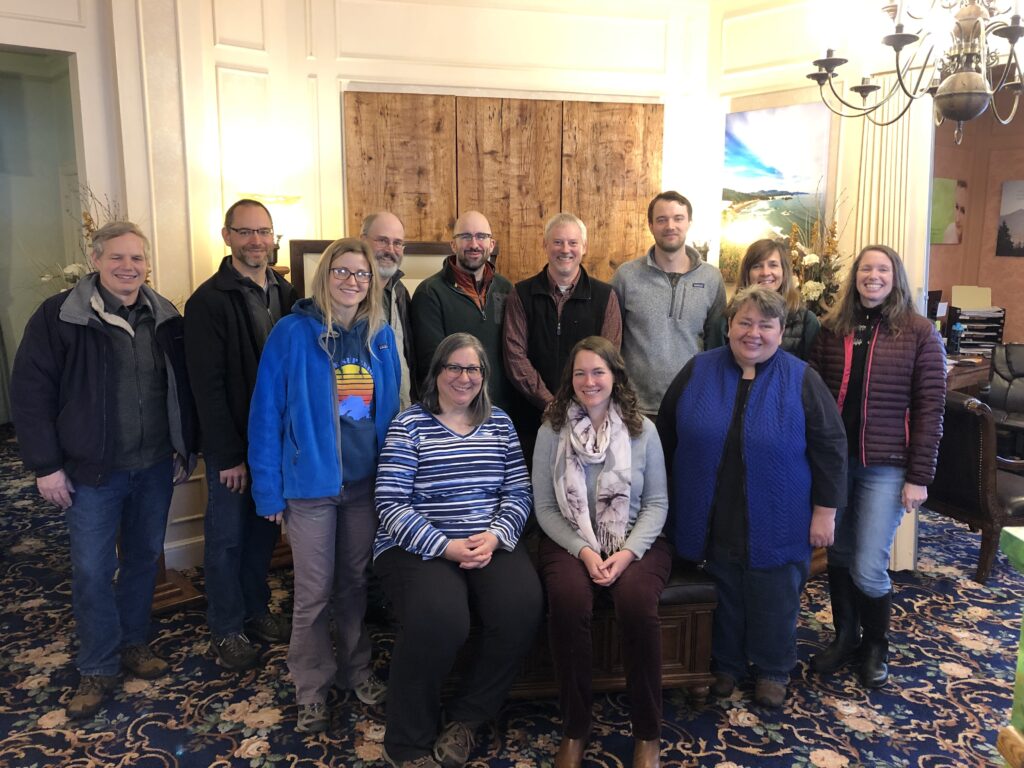 Wisconsin’s urban forests provide a wide range of ecological, economic and social benefits. Urban areas contain nearly 27 million trees with an estimated total replacement value of almost $11 billion. Many don’t realize all the services urban forests provide. They reduce air pollution, mitigate storm water runoff, conserve energy, provide wildlife habitat, increase property values, and attract businesses, tourists and residents. They even improve public health and well-being. The Wisconsin DNR’s Urban Forestry Team seeks to maximize these benefits derived from our state’s community tree canopies.
Wisconsin’s urban forests provide a wide range of ecological, economic and social benefits. Urban areas contain nearly 27 million trees with an estimated total replacement value of almost $11 billion. Many don’t realize all the services urban forests provide. They reduce air pollution, mitigate storm water runoff, conserve energy, provide wildlife habitat, increase property values, and attract businesses, tourists and residents. They even improve public health and well-being. The Wisconsin DNR’s Urban Forestry Team seeks to maximize these benefits derived from our state’s community tree canopies. 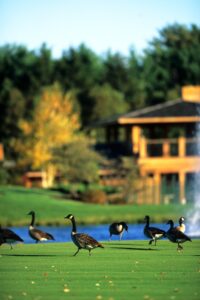 The Wisconsin DNR is currently accepting applications for Urban Wildlife Damage Abatement and Control (UWDAC) grants. UWDAC grants are available to any town, city, village, county or tribal government located within an urban area (
The Wisconsin DNR is currently accepting applications for Urban Wildlife Damage Abatement and Control (UWDAC) grants. UWDAC grants are available to any town, city, village, county or tribal government located within an urban area (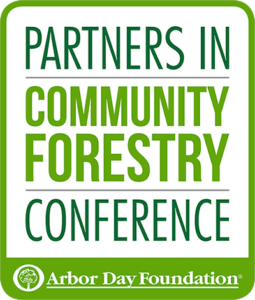 Sponsored by the Arbor Day Foundation, the Partners in Community Forestry Conference is the largest international gathering of urban forestry practitioners, advocates, researchers, and government leaders. The virtual format this year provides an excellent opportunity to attend this leading conference so easily and inexpensively.
Sponsored by the Arbor Day Foundation, the Partners in Community Forestry Conference is the largest international gathering of urban forestry practitioners, advocates, researchers, and government leaders. The virtual format this year provides an excellent opportunity to attend this leading conference so easily and inexpensively.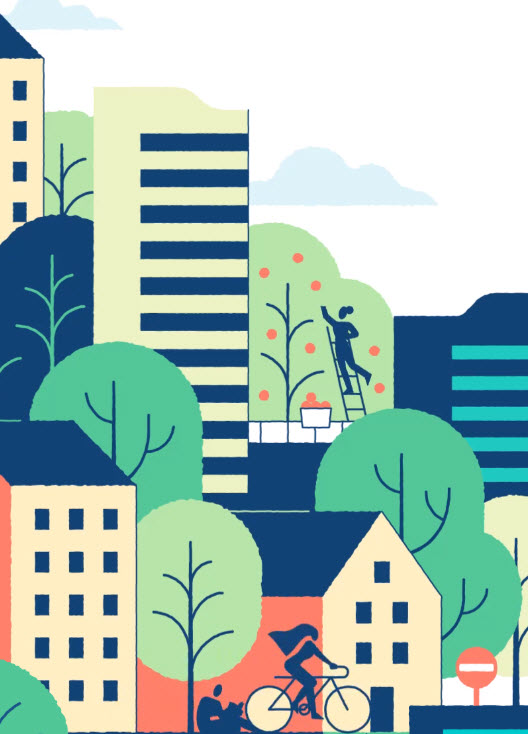 The newly launched Healthy Trees, Healthy Lives website (
The newly launched Healthy Trees, Healthy Lives website (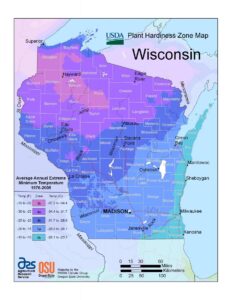 Jack Frost descends upon us all in Wisconsin, but the depths to which he brings the mercury differ depending on your latitude, elevation, and proximity to water or urban areas. These differences are observed in a location’s cold hardiness zone, which represents the average minimum temperature a location is expected to experience.
Jack Frost descends upon us all in Wisconsin, but the depths to which he brings the mercury differ depending on your latitude, elevation, and proximity to water or urban areas. These differences are observed in a location’s cold hardiness zone, which represents the average minimum temperature a location is expected to experience.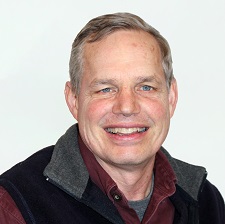 After a long and fruitful career with the Wisconsin DNR, Brad Johnson’s last day in the office was September 4, 2020. He started his DNR career as an integrated forestry team leader for Douglas County from 1993 to 2002 and transferred to the same position for Barron and Washburn County from 2002-2017. Since 2017, he has served as an Urban and Community Forestry Coordinator covering 19 counties along the west side of the state from the Spooner Ranger Station.
After a long and fruitful career with the Wisconsin DNR, Brad Johnson’s last day in the office was September 4, 2020. He started his DNR career as an integrated forestry team leader for Douglas County from 1993 to 2002 and transferred to the same position for Barron and Washburn County from 2002-2017. Since 2017, he has served as an Urban and Community Forestry Coordinator covering 19 counties along the west side of the state from the Spooner Ranger Station.